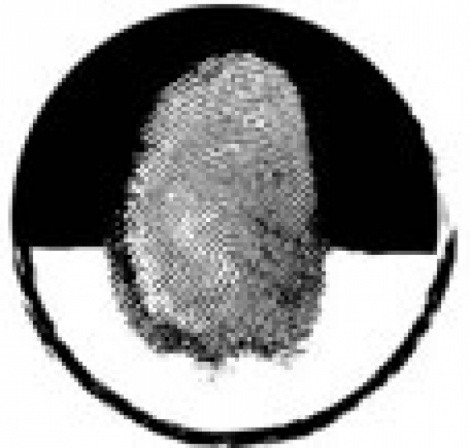
I became a bit nostalgic when I looked across the field to Section 36 where I used to sit with my buddies. Those seats went to a higher bidder a couple of years ago. Oh, well. That’s over with now, as I’ve gotten used to watching the Utes either from my couch at home or through the bottom of a barroom beer glass. I honestly can’t say I miss the games. But I won’t miss the Sugar Bowl. I have a little Rat Pack heading to New Orleans where we fully expect a Ute win.
nThat’s what Parry Sorensen would have wanted, too—a Ute win. If there ever was a Utah Man, it was him. I knew he was from Day 1. I’ve met lots of Utah men and women. But I can’t recall when “Utah Man” was sung at a funeral. I had given my respects to some members of the Sorensen family, but thanks to a mis-read schedule on my part that put me in the tower a full hour before the services began, I had to leave the funeral service early, thus missing the song itself. But, there it was on the program, preceded by his children’s spoken tributes—Richard, Holly, Michael, William and Daniel—and right after the closing prayer: “Utah Man,” the final chapter in the 92-year-old book that was Parry Sorensen.
nI first met Parry when I transferred to the journalism and mass communication department at the University of Utah in the 1970s. Everybody called him Parry—even his kids did, I think. I don’t remember the particular class or classes I took from him. Instead, my resounding memory of Parry didn’t even take place in the classroom. I was a new student in the department, and I remember him walking through the main hallway of the old Journalism-Mass Communications building on the University Circle. He was walking fast, legs seeming to be longer than necessary, listing to one side, using an armful of books for ballast and greeting everyone he saw. “How are you, John?” he asked with a wave, and kept right on going.
nI turned and watched him move toward a stairway at the end of the hall. When he got to the end, I caught his full silhouette against some windows, and that image just froze. I can see him now, plain as day, and just over 60 years old. His greeting took me completely off guard. I thought university professors just graded papers and went their merry ways to the next book signing, lecture or luncheon. But in his way, particularly via that image, Parry would keep in contact with me for the next 30 years. There must be hundreds or thousands of his former students who can say the same thing.
nSome longer even, since Parry began teaching journalism at the university in 1946. I know he was a fan of this newspaper. On occasion he would send me an e-mail just to say hello. Despite being the fan that he was, he never let on for a moment whether he agreed with what we did or said. I learned on Monday that he not only was he a fan, but he read City Weekly, cover to cover, even the classifieds and barely batting an eye at the escort ads. I think that’s pretty damned cool for an LDS missionary born in Manti who sojourned with LDS Church President Heber J. Grant yet found time and concern for a Bingham Canyon urchin like me. His career took him to New York City and to The Washington Post, and, during his final tribute, he was rewarded with not only “Utah Man” but also “Come, Come, Ye Saints.” That’s what I call balance.
nHaving already squandered most of my partying 20s in some department or other on the university campus, by the time I got into the journalism department, I was equally ready to get out. The fastest graduation ticket I could punch was either through English or journalism. Yes, I know, hard to believe, huh? The guy who can’t write his way out of a sack (“avoid clichés,” said all of the instructors to no avail), had boxed himself into a corner (another cliché). In one of those life-altering coin flips, I took my first journalism class, an intro course taught by Robert Avery, another speaker at Parry’s farewell.
nWatergate’s investigative reporting machinations had changed me years before, but Avery’s class hooked me. In short order, I took a class from Parry. Then Craig Denton, who would sneak down to Big Ed’s with me. Then Milt Hollstein, my adviser. Then Jerilyn McIntyre. Then Roy Gibson (I think Holly Mullen was in that one). Then Suzanne Dean, now a publisher herself in Manti. Then Ernie Ford. Then Lorry Rytting, who kicked my butt in journalism and mass communication law classes. Parry was the glue among all of them. He defined the university journalism department.
nAs is well documented on blogs, comment boards and letters to the editor, I didn’t learn a damned thing. It wasn’t their fault. But my time in their department wasn’t all about headlines, fonts and picas, anyway. It’s where I followed Parry’s lead to also become a Utah Man. I heard that the Ute marching band joined in for Parry’s “Utah Man” tribute. I woulda bawled.
nStaffbox
n tttt